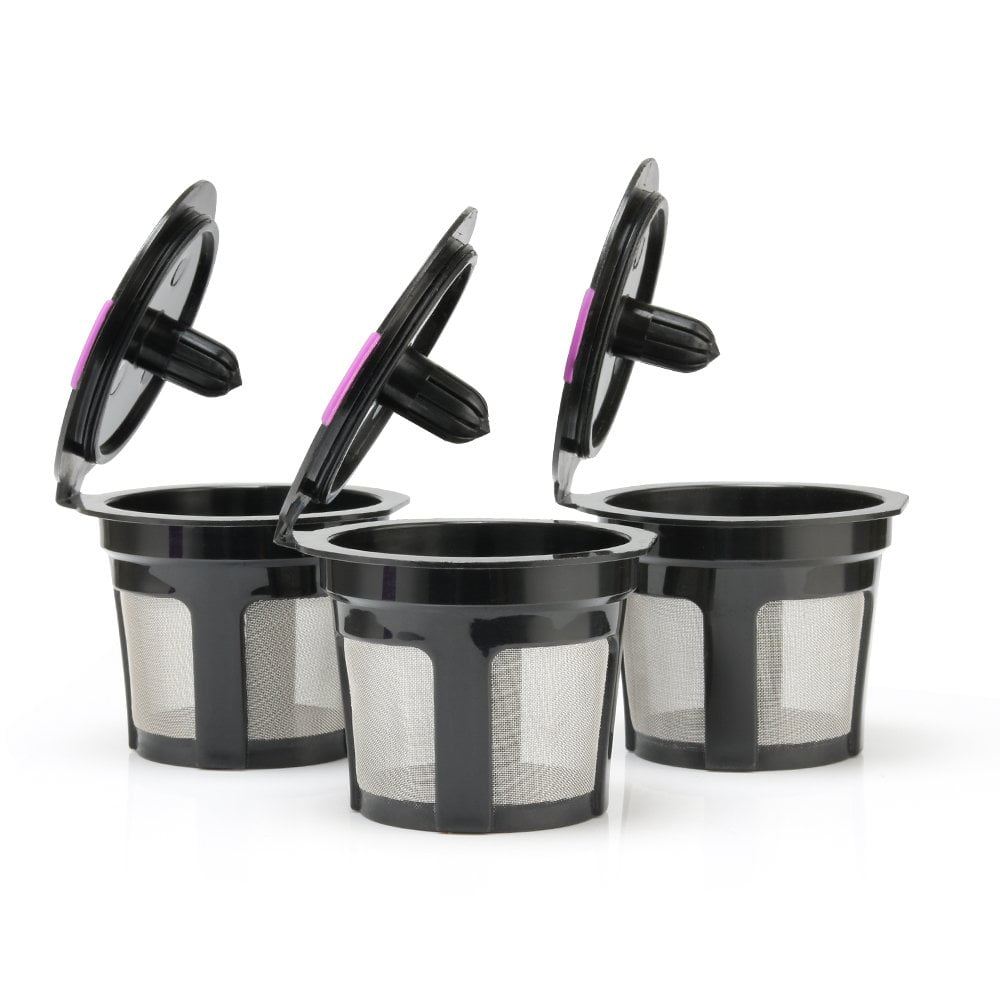Keurig Hacks – How To Get Better Coffee From Every K-Cup
The Keurig K-Cup is a single-serving coffee pod, filled with ground coffee and sealed for “freshness”. K-Cups have become so popular that the system is now one of the top-selling coffee machines in the North America. The convenience is undeniable, but there’s a few glaring issues:
-
The coffee isn’t always great.
-
The environmental impact is huge.
-
And the cost is outrageous! See cost calculator below…
In this post, we’ll show you how to get better coffee from your Keurig while saving significant money at the same time.
A Brief History – Keurig’s K-cup revolution
Many years ago, John Sylvan had an idea:
“package coffee grounds in sealed plastic containers that could be used to brew a single cup of coffee”
From it’s humble beginnings in the mid 80s, the company perfected the K-cup and its associated brewer through solid research and extensive trial and error. The early development of the K-cup was funded by a handful of investors and it wasn’t until 1998 that the first Keurig machine and pods were was released. It was a small, countertop brewer that could make one cup of coffee at a time.
The Keurig K-Cup system was made to be proprietary by design and deliberately discourages users from buying non-Keurig branded cups. Keurig’s initial patents on the system expired in 2012 and many industry experts foretold impeding doom for the nascent system and format. Far from this being the outcome, the system became even more popular as many smaller companies jumped onto the opportunity to produce pods. Around this time, Asian manufacturers flooded the market with inexpensive pod making machines and the future was set for the Keurig system. Like it or not, the k-cup will be on our grocery store shelves and in our landfill sites for a long time.
Tom Petty
All the boys upstairs want to see
How much you’ll pay
for what you used to get for free.
– The Last DJ
Why Coffee Companies Love Selling Pods
Pods let coffee companies achieve incredible profits. Each coffee pod holds a measly 7 to 10 grams of coffee. Yet it can be sold for anywhere from 0.35$ to 2.00$ each. Wow! That’s an outrageous markup and it is absolutely the cost of convenience. The reasoning is that if the consumer is willing to pay 2$ for a cup of coffee at a national chain, they might be willing to do the same for a pod that makes a cup of coffee in their own kitchen. Crazy? Nope! This is now a widely accepted maxim.
Many consumers literally buy into this argument when they choose the “convenience” of a pod system. Unfortunately though, not too many consumers take the time to do the math… so we did the math for you. Want to know what your pods are costing you? Check out our Coffee Cost Calculator…
Coffee POD Cost Calculator
Stop it! It hurts!
That’s right! It does hurt… and on top of the ultra-high cost … pod-coffee isn’t very good…and it’s piling up in our landfill sites increasing our municipal costs. All that is just adding insult to injury! So what can you do to get a better cup of coffee without being gauged? Lot’s and lots as it turns out…
It’s actually not that difficult…oh and you can keep on using your Keurig machine. Read on…
Reusable Coffee Pods – Power to the people…stick it to the man!
Fortunately, refillable pods do exist and they offer a similar level of convenience but they have several important benefits.
There are many makes and models but all offer numerous advantages of over prepackaged pods.
- Cost – the biggest advantage to using refillable pods
- Brew Quality – night and day brew quality improvement
- Sustainability – we love the outdoors! Let’s tread lightly
Cost savings:
These filters will allow you to use your own ground coffee, which means that you can buy whatever brand of coffee you prefer at a fraction of the price. Don’t believe me? Play with the calculator some more ….
Coffee Quality Improvement:
Using reusable pods results in a direct improvement in the quality of your coffee. Why? In a nutshell, the coffee is fresher, the oils aren’t stripped out of the beans and you have complete control over how much coffee you use and how it’s ground.
Some interesting things to consider about reusable pods.
Better Extraction
The stainless tell mesh has a better flow than factory sealed plastic pods. Coffee exits the pod through a greater surface area of a stainless steel mesh. This is provides a better extraction than the little pinhole the machine punches into the bottom of the pod.
Better Freshness
If you control the pod, you control what goes into the pod. That means, fresher coffee right? Absolutely it does. and no one likes stale coffee. Factory pods are made in extremely large production runs and wind up sitting around for a long long time. That’s the opposite of fresh…
Better variety
Not only will you save heaps of money, but you will also be able to choose which types and brands of beans you want to brew.
Better control over the brewing process – Weight & Grind
Sounds like a fancy Toronto restaurant… but they are the two factors that matter most after freshness and actually being able to choose what goes into your pod.
Also known as the throw of coffee and the grind of coffee. The throw is how much coffee goes into your cup, while the grind is how fine or coarsely ground your beans are. So in practice, if your coffee is weak, you could add a little bit coffee to the pod and make the grind a little finer. The point being that you can now dial in the coffee and not suffer through a lousy cup of coffee as you drive into work. That’s nice right?
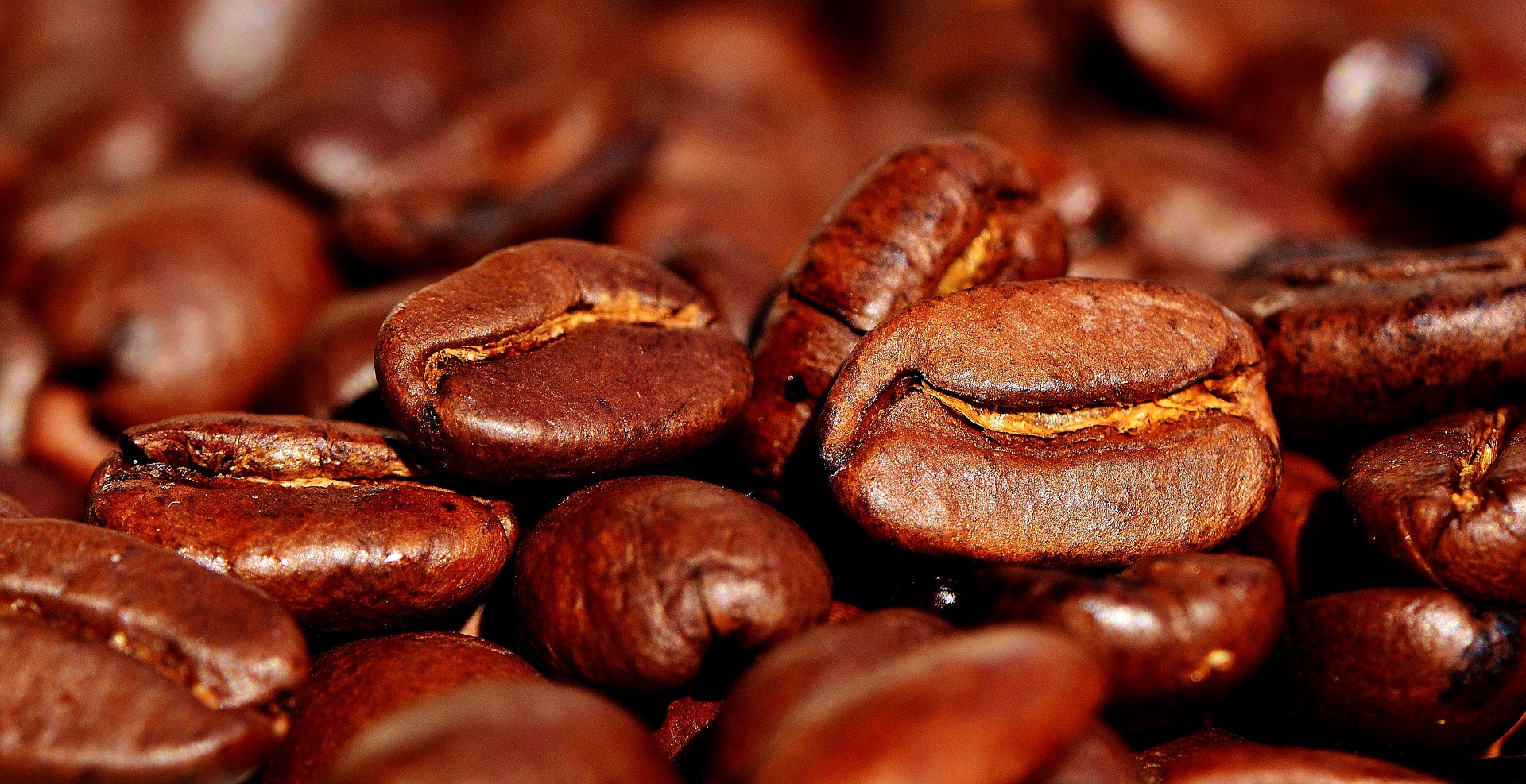
Freshly roasted coffee beans
Once you have moved away from prepackaged pods, you will be free to explore all of the fantastic coffee roasteries that are hard at work in your community. Get to know the coffee roasters all around around and prepare to be amazed by the awesome coffee that’s produced locally.
So, enough about resusable pods and on to other tweaks and hacks that also matter.
Replace the water filter on your Pod machine
Installing a water filter on your Keurig is very simple, but it’s important to do it right.
When a new water filter is installed on a Keurig, first soak it in water for about 10 minutes. This is because filters contain carbon and sometimes will let out some of this carbon into the water the first time it’s used. By soaking the filter, you can prevent the carbon from being brewed into your coffee. It’s not toxic per-se but why ingest it if you don’t need to.
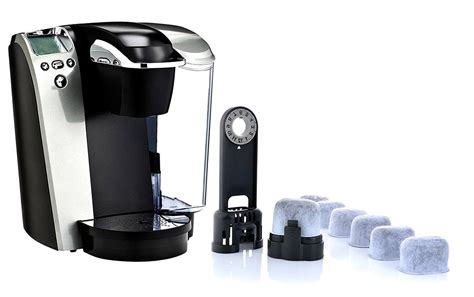
So, place the filter in a bowl of water, and when it sinks to the bottom of the bowl you will know that it has soaked up enough liquid. Give it a quick rinse under the tap and you can now put the new filter into place. It’s not difficult and, depending on the water in your home, can make a significant difference in the taste of your coffee.
Use better water
It comes as no surprise that since water is the primary ingredient in coffee, it also has a huge impact on its taste. If your water is hard or has a chemical taste, it will affect the flavour of your brew. Fortunately there are many ways around this:
-
You can use bottled water*,
-
or water from a filtered source,
-
or tap water that has been boiled and cooled to get rid of any chlorine taste or smell.
*Pro-tip:
Do not use mineral water as you can quickly scale up your machine. Some Keurig machines have mineral content warnings but others don’t, so it’s best to check the manual. So, If you’re using bottled water, make sure it is not too hard.
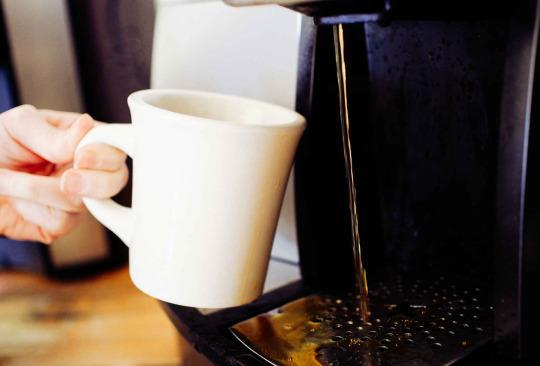
The pre-brew rinse: Your best friend for fixing brew temperature issues
Keurig brewers are calibrated to heat water to 192 degrees F (99 Deg. C). This is just warm enough to produce a good extraction. Unfortunately when Keurig brewers sit idle they cool to slightly below 192 degrees F. This leads to your brew being under-extracted and bitter. To alleviate this problem, run a quick rinse of hot water through the machine to warm it back up to the right temperature. You can do this by simply pressing the ‘Brew’ with an empty pod.
Using a ceramic mug while brewing coffee cools the drink as soon as it comes in contact with the cold surface. To prevent this, before brewing, run the water-only brew cycle into the mug you plan to use. This not only heats the mug, but helps the machine raise its brew temp back up to spec.
*Pro-tip:
If your brewer has sat idle or off for a period of time, the first cup will tend to be below 192 degrees. Run a water-only brew cycle at least once before making coffee with fresh grounds or beans. This also helps warm the mug you will be brewing into.
Never reuse your kcups
Seems simple enough but many people try to save a buck by reusing their pods. Come on admit it… you tried it once…
We’ll don’t. It’s just not right. Oh… and I am absolutely judging you….Let’s not speak of this again.
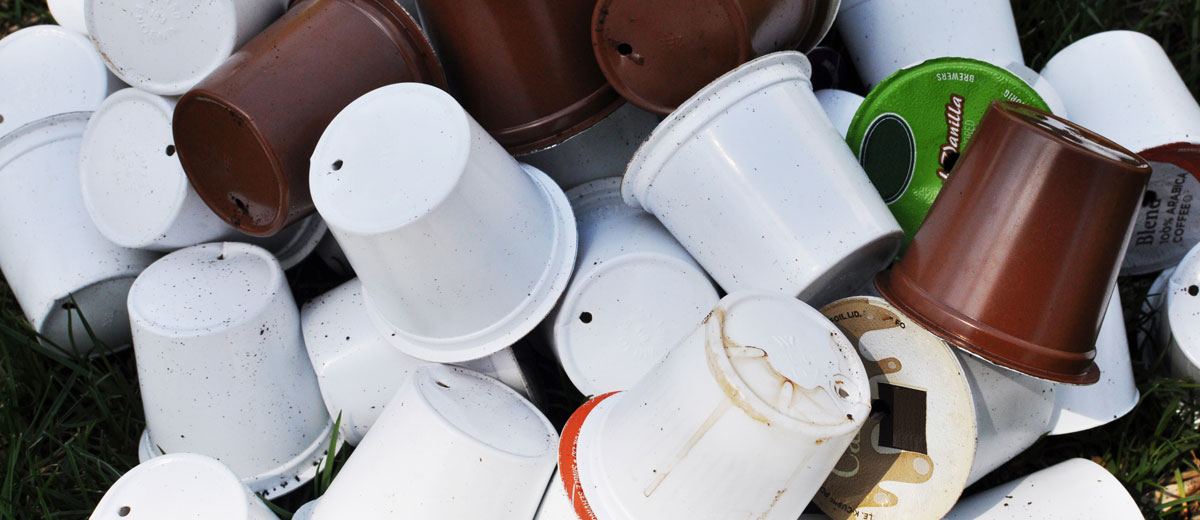
Most artisan roasters steer clear of producing pods as they are well aware of the damage pods do to their brands and reputation. This in and of itself is your guarantee of freshness and of a good product. After all, you don’t drink stale beer, eat mouldy bread, or consume stale meat. Why accept this in the coffee you drink? There are many many options in you own community.
*Pro-tip:
Get to know your local roasteries. don’t be afraid to experiment. You will be rewarded
to sum up
There are many ways to improve the coffee from your Keurig Machine. The bar is set so low that getting better coffee is not hard at all. A little care goes a long long way. The easiest way to get a better result is to improve the quality of the ingredients that go into your keurig machine and to do that you will need to look at the quality of your water and your coffee.
This is not at all hard to do. You just have to be methodical and tackle each of these factors one by one. If you love the convenience but hate what comes out then take heart, help is at hand if you follow the simple tips above.

